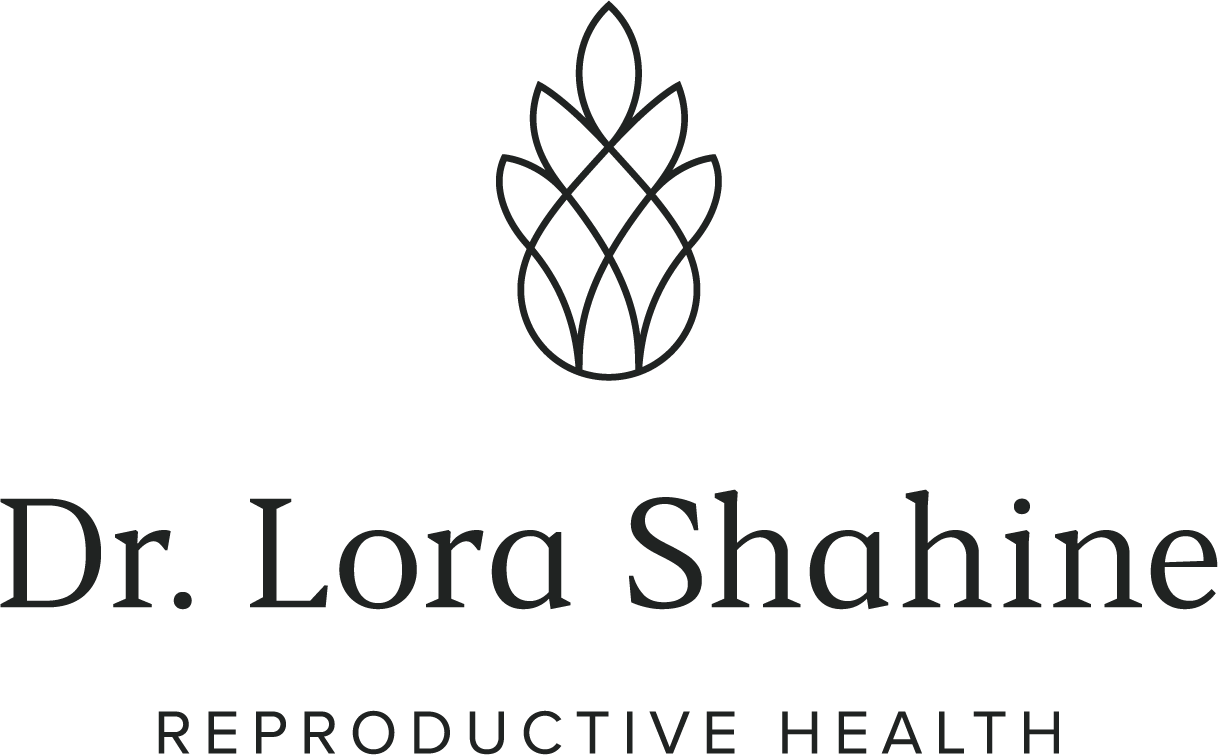Steps for Gay Male Couples Who Want a Biological Child
As a reproductive endocrinologist and fertility doctor, I’m passionate about helping people build all types of families.
Building a family can seem overwhelming if you’re part of a gay or gender-diverse couple with sperm. While some extra considerations exist for male couples who want biological kids, your path to children is generally comprised of manageable steps.
In this blog post, I will provide information to help you confidently move forward in your fertility journey.
With that in mind, let’s get started.
Step 1: Choose your fertility specialist or clinic
The first step for anyone seeking fertility treatment is an initial consultation with a specialist. It’s important that you choose a clinic that is a good fit for your needs and goals. (I have a video that breaks down potential red flags to look for on this topic.)
When deciding which clinic to use, be sure to consider the following:
Do you feel comfortable and welcome?
Does the clinic have experience working with LGBTQ+ couples?
Does the clinic have experience with your decided path to having a biological child (i.e. locating egg donors or assisting with a chosen gestational carrier)?
Is the clinic’s location ideal?
When choosing a location, if you already know who will be donating eggs, it might be easier to select a clinic near them to make their egg retrieval easier.
It’s also worthwhile to consider choosing a clinic in a state where reproductive rights are protected, so there won’t be any potential risks of complications in the future.
Step 2: Get a fertility assessment
The next step is to do a fertility assessment, which involves consulting your fertility specialist to review your goals and medical history. You'll do some testing, including a semen analysis, to determine where your counts are. I also recommend talking to your doctor about doing a genetic carrier screening.
As you pick an egg donor, you'll find donors with different genetic profiles, so it’s wise to do your genetic testing to ensure you choose the right match. Children get genetic diseases like cystic fibrosis, muscular dystrophy, and sickle cell disease from inheriting a genetic mutation from both the egg and the sperm of their biological parents. If you find out through testing that you’re a cystic fibrosis carrier, you'll want to find an egg donor that doesn’t carry that same mutation.
After you complete the testing, your fertility team will discuss your results and review your options with you.
Step 3: Decide whose sperm to use
Gay men typically use donor eggs and a gestational carrier (sometimes called a surrogate) to have biological children. The donor eggs are fertilized with sperm from one or both partners, and then one embryo is transferred to the carrier to achieve pregnancy.
Before moving forward with choosing a donor and gestational carrier, you and your partner should decide whether one or both of you will provide the sperm to create embryos. You can consider several different factors in this decision. Family medical history, sperm health, and desire to have a biological child can all have an impact.
Many of my patients have asked if they can mix the two samples of sperm and let the egg be the decider. However, I generally advise against this since conventional insemination (the passive mixing of sperm and eggs in the lab) may result in a lower fertilization rate, meaning fewer embryos. My clinic typically recommends intracytoplasmic sperm injection (ICSI), which allows one sperm to be placed into one egg. Talk to your doctor and your clinic about what’s best for your personal situation.
What I advise instead is to do a split insemination of the eggs. Here’s how it works: If you’re collecting multiple eggs from an egg donor, you can split the number of eggs to fertilize half with one person's sperm and the other half with someone else's. With this process, you still know which embryo was created with which sperm, and the remaining embryos can be stored and saved for the future.
Step 4: Figure out a financial plan
Fertility for gay men requires a significant financial investment. Between egg donors, surrogates, IVF costs, and insurance, total expenses can add up. Before starting the process, you don’t need to have your entire fertility budget sitting in your bank account. However, it’s helpful to plan how you’ll pay for treatment. This can be a combination of insurance coverage, fertility grants, loans, crowdfunding, and savings.
There are fertility grants specifically for gay men, and you can also find fertility grants online through websites like resolve.org.
Your clinic can provide additional resources and strategies to help you afford your fertility journey, so be sure to ask for their guidance.
Step 5: Choose your egg donor and gestational carrier
Once you have the logistical and medical decisions taken care of, you can start looking at egg donors and surrogates. Some clinics offer egg donor programs and surrogate matching, while others outsource to an agency for both. These are very personal decisions, and many factors must be considered.
It’s most important to take your time finding the right fertility specialist and clinic to guide you through this process and help you meet your goals.
Quick recap:
Choose a fertility clinic and a fertility specialist to help you meet your goals.
Get a fertility assessment (consultation and testing such as semen analysis and genetic tests).
Decide whose sperm you're going to use and how.
Make a financial plan so there aren’t any surprises.
Find the right egg donor and gestational carrier.
As always, if you have any questions, feel free to comment in my video. I hope this helps.


